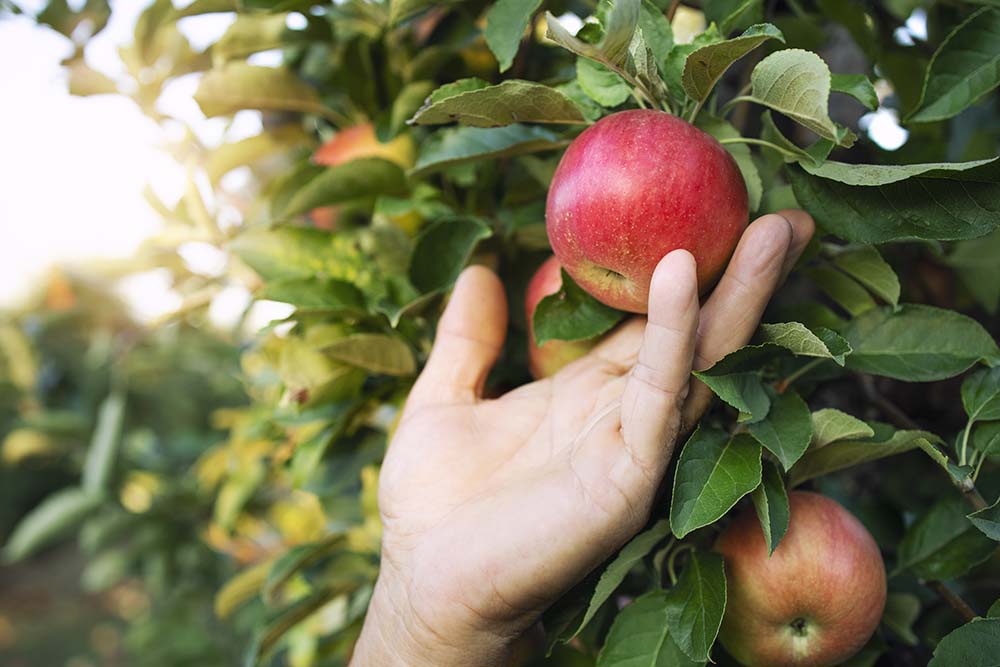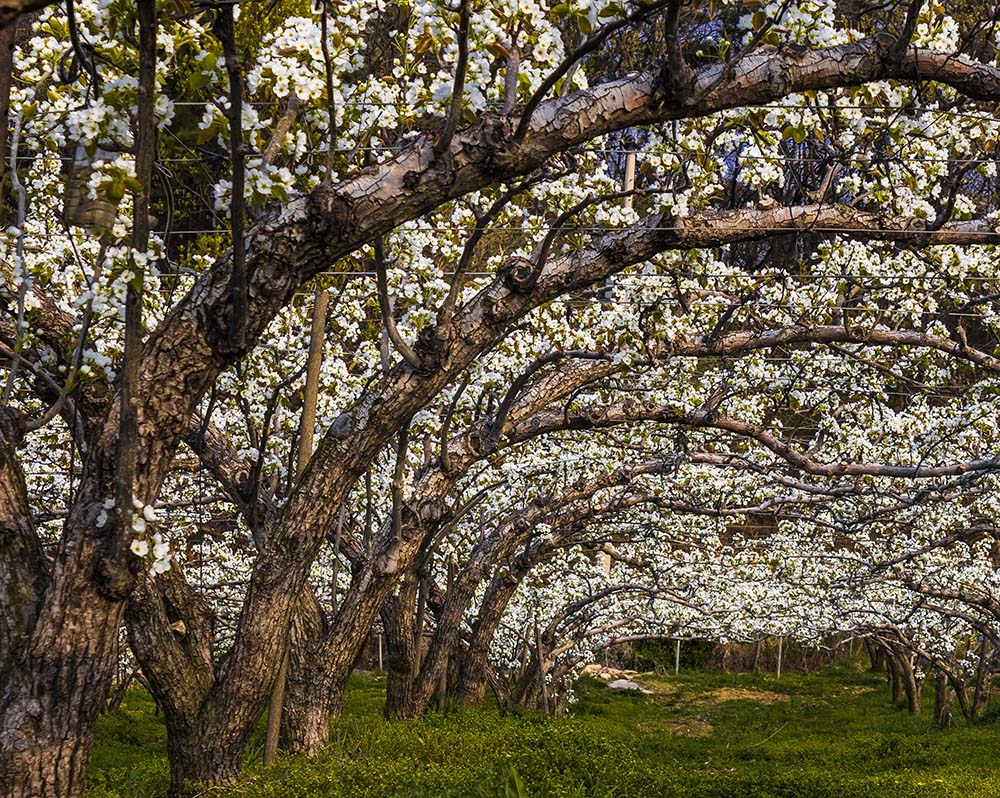How to prune apple trees in australia in summer, winter, sping and autumn
Blog, Building, Business Apr 05, 2021

Pruning apple trees in Australia
Pruning apple trees in Australia is an important task that is required to keep your trees healthy and producing the best fruit.
If you have a young apply tree, know that they benefit from ‘heading back’, which is ideal for keeping their branches compact and sturdy to bear the weight of plenty of delicious fruit. Heading cuts should remove a quarter to one third of the previous season’s growth.
You can also reduce the height of the leader, or main stem of the tree, by the same amount (one third/quarter). This is useful for redirecting the tree’s energy from producing new growth lower down the tree allowing the subsequent pruning and harvesting of your apples to be easier.
Now, how do you go about pruning apple trees in Australia? Here’s the process and everything you need to know below, followed by the ideal time for pruning your apple trees.

How to prune apple trees in Australia?
Before we begin, first let’s establish the main aim when pruning an apple tree. Ideally, you want to produce a healthy tree. There are aesthetic benefits that come with pruning sure, but this is the main goal.
The ideal shape for an apple tree is a goblet shape, allowing plenty of airflow to reach the centre of the tree. But why is the important? Well, it helps the tree to combat problems such as fungal diseases, whilst also allowing the light through to ripen the delicious fruits.
Now, without further a due, here is an easy step-by-step guide to pruning your apple tree.
1 – Remove diseased, dying, and dead branches
Any wood that shows signs of disease and decay should be amputated. Make the cut into healthy wood so that the problem doesn’t spread to the healthier parts of the tree.
2 – Remove crossing branches
If any two branches are crossed, then they are going to cause problems for the tree if not rectified. The branches will rub away against one another thus removing the bark and leaving a potential entry point for disease to spread. It can also make it harder for air to circulate and more awkward for harvesting fruit.
You should also look at doing this while the branches are small. Any inward-pointing branches should be treated as crossed branches and removed immediately, whilst they are small and unproblematic.
3 – Make biggest cuts first
Don’t waste your time with removing small dead twigs here and there. Instead, look at removing the connecting branch entirely. Trace them back to the trunk to try and identify any other problems. If so, you can remove the branch and all of the problem twigs with it. Dealing with these larger issues first and foremost can save you a lot of time.
4 – Always make clean cuts
- Using a clean, sharp pair of pruning tools, make the cleanest cuts possible. You may also need to stop occasionally to sharpen the tools. Always be sure to buy high-quality tools as they will retain their edge for longer.
- When making a fresh cut, prune flesh with the branch collar, but don’t cut into it.
- When using a saw to prune large branches, make a shallow undercut before sawing through the branch from above. This is a great way to ensure that if the branch breaks off while cutting it, that it won’t take a large amount of bark with it (thus leaving the tree exposed).
- Prune thick or long limbs in sections. It might sound like more work but it is safer, easier, and less likely to cause damage.
5 – Take your time
Don’t rush the apple tree pruning process. Take your time and step back now and again to assess the overall shape of the canopy. Is it balanced? Are you on the right track? A little change of perspective can help you plenty on your pruning journey.
Pruning apple trees in summer
Some people encourage summer pruning of apple trees to encourage fruiting and flowering. However, we believe that winter pruning is essential for controlling their overall shape and healthy vigour.
Pruning apple trees in winter
Winter pruning is the best for apple trees and begins—as you’d expect—during the colder months. Be mindful not to prune too soon in the believe that the warmer weather is better for the tree. In this case it is not. Pruning an apple tree in autumn can encourage the tree to send out fresh new shoots that aren’t tough enough to endure the colder weather when winter comes around. Instead, you need to wait until the leaves have fallen off. This means that they are in full dormancy and will no longer grow until the weather warms up.
Remember, pruning apple trees in frosty weather will not harm it whatsoever. As long as they are in dormancy, a little helpful surgery will be fine for them.
Pruning apple trees in spring
Whilst apples should be pruned late in the winter, you can prune them into the spring and summer if you have no choice. Simply avoid pruning in the Autumn months as—again—this stimulates new growth when instead, the tree should be preparing for winter.
Pruning apple trees in fall/autumn
Don’t do it. Spring and summer if you must, but Autumn is not the right time to prune a tree. Wait until winter to begin pruning for the best possible results.
If for whatever reason, Autumn/fall is the only time that you can get around to spending time in your garden, then we strongly advise that you consider hiring tree pruning services, so that they can tend to your apply tree during the appropriate months (winter).
Conclusion
Pruning your apple tree is paramount for keeping it happy, healthy, and producing the most delicious apples. Just be careful to stick to the winter months for pruning if you want to get the best possible results.
If you need assistance, a reputable company like Lakeside Trees and Stumps will be able to take care of the pruning process on your behalf, so that you don’t have to get your hands dirty. In any case, we wish you the best of luck! And remember…an apple a day keeps the doctor away!

